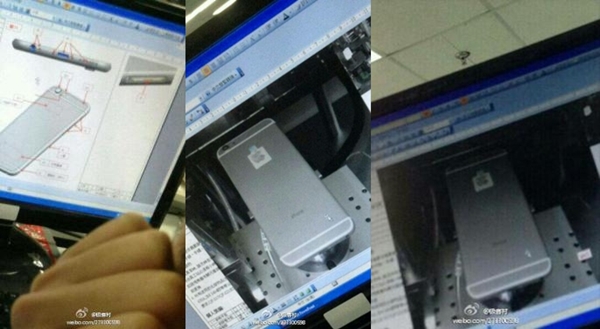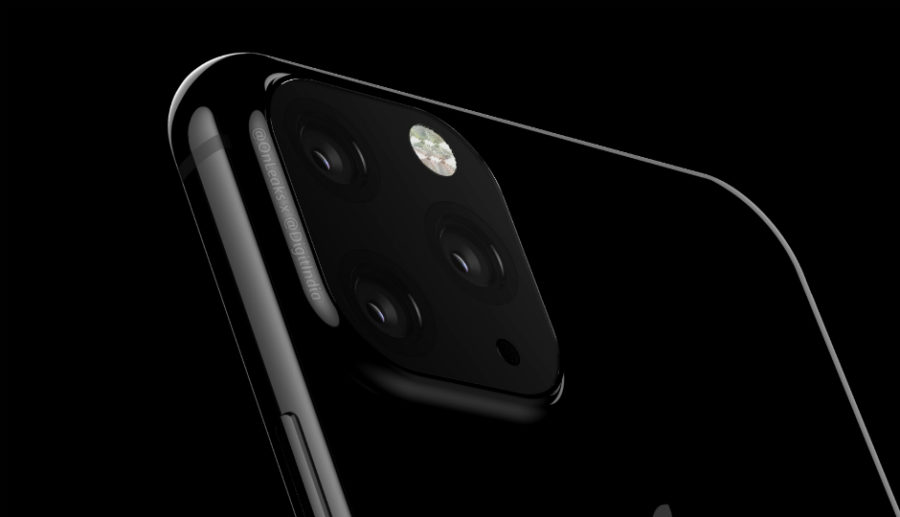In 1969, the work of the Swiss-born psychologist Elisabeth Kübler-Ross appeared on the shelves of US bookstores, which after a while became a bestseller. I will probably not talk about the context of the book, since it is rather sad, but I will only take from there the well-described principle of the five stages of accepting the inevitable. I recall the stages described in it at the moment when I see the public reaction to the controversial design of future smartphones Apple: this is the third such case in my memory. But let's talk about everything in order.
About the stages themselves
Kubler-Ross, as I noted earlier, in his book describes 5 stages of accepting the inevitable, following each other:
- Negation;
- Anger;
- Bargain;
- Depression;
- And in the end, all the same, the acceptance of this or that fact.
I think many readers have already begun to guess what kind of reaction corresponds to this or that stage – from the moment the first “leaks” appeared to the immediate appearance of the device on sale. But let's take a look at the situation with specific examples.
Antennas iPhone 6 and monobrow iPhone X
The first truly controversial smartphone design from Apple, which caused a negative reaction from users, I think, was iPhone 6, and this largely concerns the ugly plastic inserts in the back cover of the device. If I am not mistaken, the first true images appeared in April-March 2014.

Negation. After the really cool and beautiful iPhones with the numbers “4” and “5”, we were shown a strange freak with an aluminum back cover that was clearly worse than its predecessors. Naturally, most of the media, bloggers and ordinary users did not believe that Apple could put this into production, and considered the leaks “fake”.

Anger. When it became clear that iPhone 6 could really be that way, many considered Tim Cook and his design team to be crazy, doubting the ultimate success of the new model, and iPhone 6 began to predict a complete failure .

Bargain. A little later, the seething subsided, and there was a hope that the device with such an ugly antenna system was just a prototype, and in commercial samples they would be disguised, repainted in the color of the lid, or something else.

Depression. September 9, 2014, on the day of the presentation, when the design iPhone 6 received official and irrefutable confirmation in the hands of Tim Cook, the fans of the brand were sad, because the stripes did not disappear in the end, and the design was exactly like in spring spy photos from the Foxconn factory.

Adoption. On September 12, pre-order iPhone 6 began, ending in an absolute record for Apple at that time – 4 million pre-order devices and 10 million devices on the third day of sales. And, of course, queues at Apple Store all over the world.

History repeated itself in 2017, when it became known about the planned monobrow in iPhone X (which was then called iPhone 9). At first, few people believed that Apple would risk encroaching on the sacred – the display. After the new iPhone, the title of the ugliest smartphone in the world was predicted. After a while, there were hopes that the cutout would be somehow disguised by software and would not stand out so much. Well, then you yourself remember everything perfectly: the presentation, bewilderment, disappointment and sad jokes about “bangs”, and then record pre-orders, queues and attendant ecstasy of the crowd.

iPhone 2019 – history may repeat itself
Already in January, thanks to the famous techno insider @OnLeaks (his predictions come true more often than not), two design leaks iPhone of the 2019 sample appeared on the network in a row. According to the source, we are still talking about early prototypes, but Apple is about to decide what future smartphones will look like and start preparing production for them.
Here is the first render that has been sarcastically nicknamed “like the Huawei” by users.


But the second, which caused a slightly more positive reaction of the masses, but was still called by many “ugly”.


And what stages do we see in the Kübler-Ross model when we read reviews of these leaks? It seems to me that the audience is at the junction of the first three: the denial of some, the anger of others, and even in some places there is bargaining, because a new iPhone can stop swinging lying on the table without a cover, since a convex block of cameras has chances for the first time be located symmetrically.
Conclusion
It is not yet known and even silly to assume which of the options presented has the most chances to go into circulation, but whatever it may be, I definitely will not be surprised. Even if there are four cameras and everyone is in different angles with a bull's-eye flash in the middle. Because Apple was not afraid and is not afraid of controversial decisions, and the reaction to them fits into the five stages of an American psychologist. But how many of those who will reach the fifth stage, and whether the market as a whole will reach there, we will find out in the fall.
